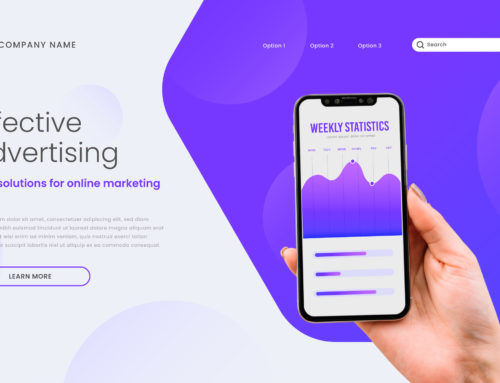“Customers are the lifeblood of your business.”
That phrase is a cliché among marketing circles…
But it doesn’t tell the whole story of what it takes to make a business successful. It leaves important question unanswered:
What’s the best way to grow a business? Focus on getting as many customers as possible? Or doing whatever it takes to keep the ones you have?
A lot of it comes down to customer lifetime value. If it’s greater than the cost of acquiring a new customer, you’re in a good position to grow. But if the situation is reversed, you could be in trouble.
Keep reading to find out why customer lifetime value matters, where most businesses get it wrong, and 7 simple ways to maximize yours.

Image credit: Auntie P via Compfight cc
Customer Acquisition Cost Vs. Customer Lifetime Value: Your Business Hangs in the Balance
The success (or failure) of your business depends on the balance of two critical metrics: cost of customer acquisition and customer lifetime value.
“Customer acquisition cost” is the average amount of money it takes you to bring a new customer in the door.
The “customer lifetime value” metric is a bit murkier. You can actually calculate it in several different ways; not every expert agrees on a single way to handle it.
Hubspot did a great job summing up how to calculate customer lifetime value in this chart:
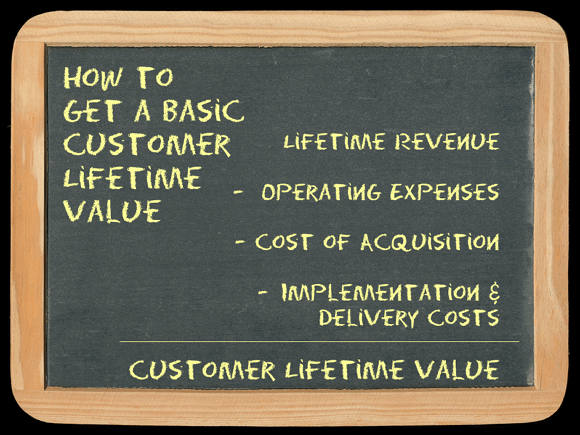
Image credit: HubSpot
You can probably see why this metric is so important. If it exceeds your customer acquisition cost, you’re earning more money from each customer than it costs to convince them to buy from you. In other words: you’re probably in good shape.
But you can run into trouble when your customer acquisition cost is greater than your customer lifetime value. That means you’re spending more on each customer than you’re making. The math just doesn’t add up.
Worrying Too Much about New Customers Is a Recipe to Neglect Current Ones
A lot of online businesses do a great job of bringing in new customers, but they don’t grow because they aren’t maximizing the value of their current customers.
The result? An unsustainable customer lifetime value. They aren’t getting as much out of their current customers as they should, so they have to work harder to bring in new ones. They end up neglecting their current customers even more, which accelerates the process.
It’s easy to get trapped in a vicious cycle of generating customers as fast as you can…just to try to stop the bleeding when customers leave.
But you don’t have to. You can take action to make every customer more valuable to you. Here’s how to do it.
The Nuts and Bolts of Increasing Customer Lifetime Value
There’s no shortage of strategies to maximize customer lifetime value. But as Adam Ramshaw so eloquently put it, all of them work because they accomplish at least one of these three things:
- They get customers to buy more from you
- They help you keep customers for a longer time period
- They reduce your cost of delivering your product or service
The things you do to accomplish this in your own business are limited only by your imagination. But if you don’t know where to get started, give these ideas a try:
1. Up-Sell and Cross-Sell
If you can increase the average amount a customer spends every time they buy from you, you increase your customer lifetime value.
One of the most effective ways to do this is offering strategic up-sells and cross-sells. These maximize the value both you and the customer get out of every transaction.
Up-sells make a product or service more valuable. An example would be selling premium razor blades (instead of default ones) to someone buying a razor.
Cross-sells, on the other hand, don’t increase the value of the original product or service, but share enough characteristics where customers are likely to want them too. An example would be offering shaving cream to someone about to buy a razor.
Amazon does an amazing job of this. No two users’ Amazon homepages are alike. Valuable space is dedicated to offering product recommendations based on each user’s recently browsed—and recently purchased—items.
Here’s how Amazon up-sells Kindle books by offering audio versions:
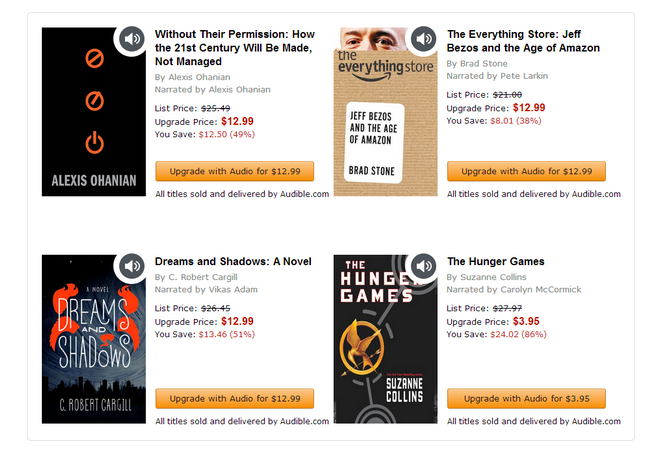
Image credit: Hubspot
Amazon also does a nice job of making bundled offers (offering related items) before a user checks out—usually at a discount.
2. Open up Multiple Communication Channels
The easier you make it for customers to get in touch with you, the more likely they are to stick around.
It isn’t always mind-blowing quality or Zappo’s-level customer service that wins the day (though those things certainly help!) Sometimes the reason customers choose to stay with you boils down to a matter of convenience.
How easy is it for customers to get in touch with you if they have a question or complaint?
Some businesses get into trouble by limiting customers to a few channels of communication. Fortunately, there are plenty of tools and technology available that allow you to open up multiple communication channels—even on small budgets.
Your communication channels could include:
- Telephone
- Contact forms
- Live chat
- Social media
- Physical address
One customer might prefer to pick up the phone instead of email. You can’t be sure beforehand, so the smart thing is to give them the option. Put the power to reach out in their hands, and make it as easy as possible for them to do it.
3. Be Transparent with Testimonials, Reviews, and Feedback
In an online space full of scammers and fly by night operations, transparency will take you a long way. It makes every other tactic in this article easier to put into action.
The words of satisfied customers will always be more persuasive than your best sales copy. People are more receptive to testimonials and product reviews because they find them credible. It’s easier to believe a third party than the seller—someone with a vested interest in convincing you to buy.
Including reviews and testimonials on sales pages is a great way to make customers more comfortable buying high-ticket items. Without that reassurance, they might’ve only bought an inexpensive product… or nothing at all. Transparency helps raise the average amount of each transaction, which increases customer lifetime value.
Raw Generation, a juice company, has a special web page encouraging customers to leave a review:
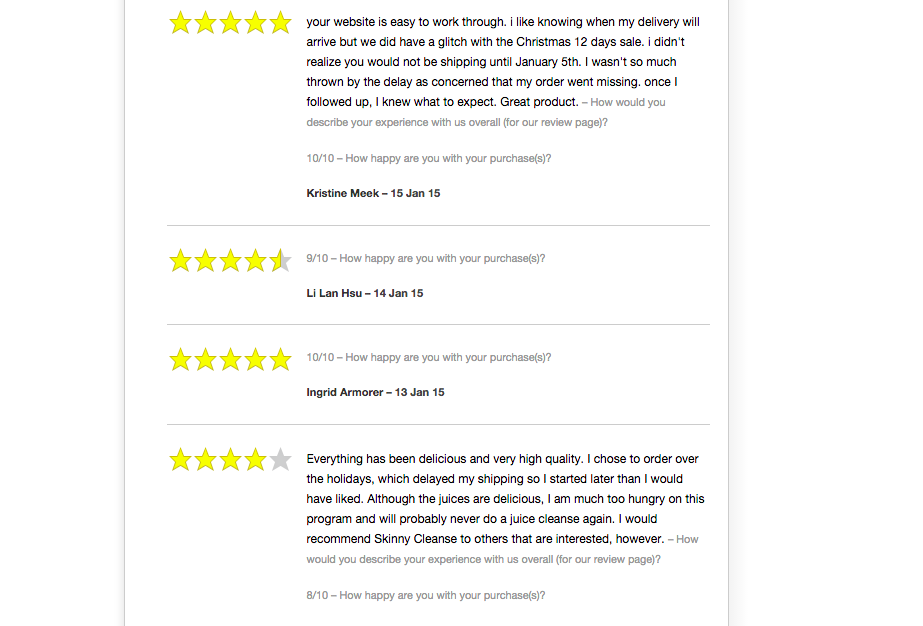
Image credit: Raw Generation
Don’t be afraid to solicit customer feedback. It shows you respect what they have to say, and if you’re willing to implement some of their suggestions, you increase the likelihood of customers sticking around longer.
4. Segment Your Customer Base
The days of generic online marketing are on their way out.
Now, your customers expect something more. They want more than products and services; they demand an all-encompassing experience that reflects their unique needs.
You customers might have some things in common, but you’ll have more success keeping them around by appealing to their differences—the things that make them unique. Communicating with customers on that level shows you appreciate them as more than a revenue source; you respect them as people.
That’s why segmenting your customers into smaller groups is a great way to maximize customer lifetime value. You can segment based on demographics, purchase history, time as a customer, and countless other factors.
Here’s an example of segmenting using personas:
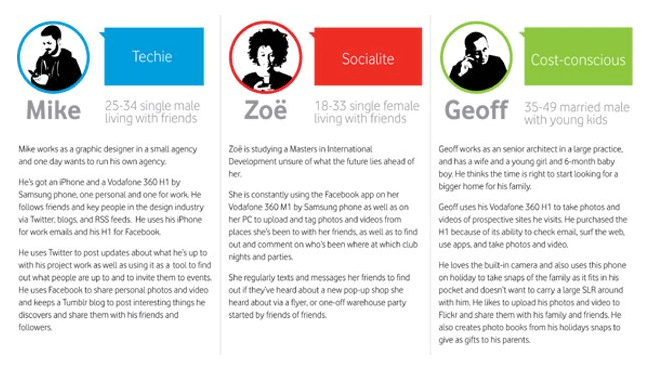
Image credit: KISSMetrics
Once you’ve gotten as granular as possible, you can tailor content and offers to motivate those customers to become repeat customers and loyal fans. It’s an effective way to increase the average amount customers spend. And it helps keep customers around longer because it makes them feel understood.
5. Cultivate Brand Loyalty
How can you turn customers into raving fans who buy practically everything you sell?
By cultivating brand loyalty. You probably know someone who will wait in line for six hours to buy the newest iPhone…even though they bought the previous model less than a year ago. Some companies resonate that strongly with their customers.
This isn’t something that companies are born with, though. You can encourage brand loyalty by relating with customers through shared values. What do you stand for? What do you absolutely hate? Get clear about those things—and let them shine through in your marketing and everything you produce—and you’ll attract likeminded people and promote loyalty.
Customers aren’t just interested in what you’re selling. They’re interested in what you stand for—for what buying from you says about them.
Here’s how Chipotle showcases their values in their “Food With Integrity” page:
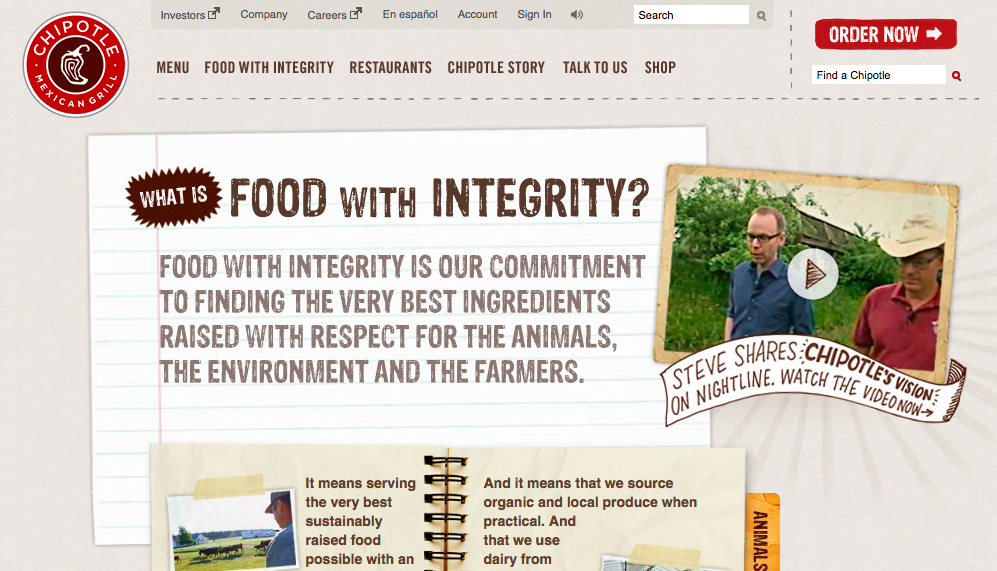
Image credit: Chipotle
6. Give Customers Something Nice… Just for Being Customers
Most of us love good surprises.
The same goes for your customers. What if you went out of your way to give them something special…just for being your customers? There’s hardly a better way to make someone feel valued (and encourage them to remain a customer).
This can be something as small as offering a coupon or discount for their next purchase. Or it can be something more significant like upgrading their service for free.
That’s what Netflix did. When they started offering streaming movies and TV shows on their website, they gave their current customer base—people who ordered DVDs in the mail exclusively—free access to streaming.
You’re working hard to improve your products or services all the time. So what better way to make your customers feel valued than share some of those improvements for free?
7. Focus on Quality above All Else
Things move fast online. Startups pop up out of nowhere and become billion-dollar companies. Social networks like MySpace rise and fall in the blink of an eye.
So it’s tempting to focus on speed. But resist! Yes, things move fast online. It’s nice when things happen quickly. But I’d take quality over speed anytime. I’m not alone in my opinion, either. A study from Zendesk revealed that 88% of consumers rated quality as the most important factor when it comes to customer loyalty.
You might not be able to be the fastest company around. But there’s something your business you can be the best at. Finding that and perfecting it allows you to offer customers something they literally can’t find anywhere else.
Take a look how Toms Shoes does this with their “One for One” program:
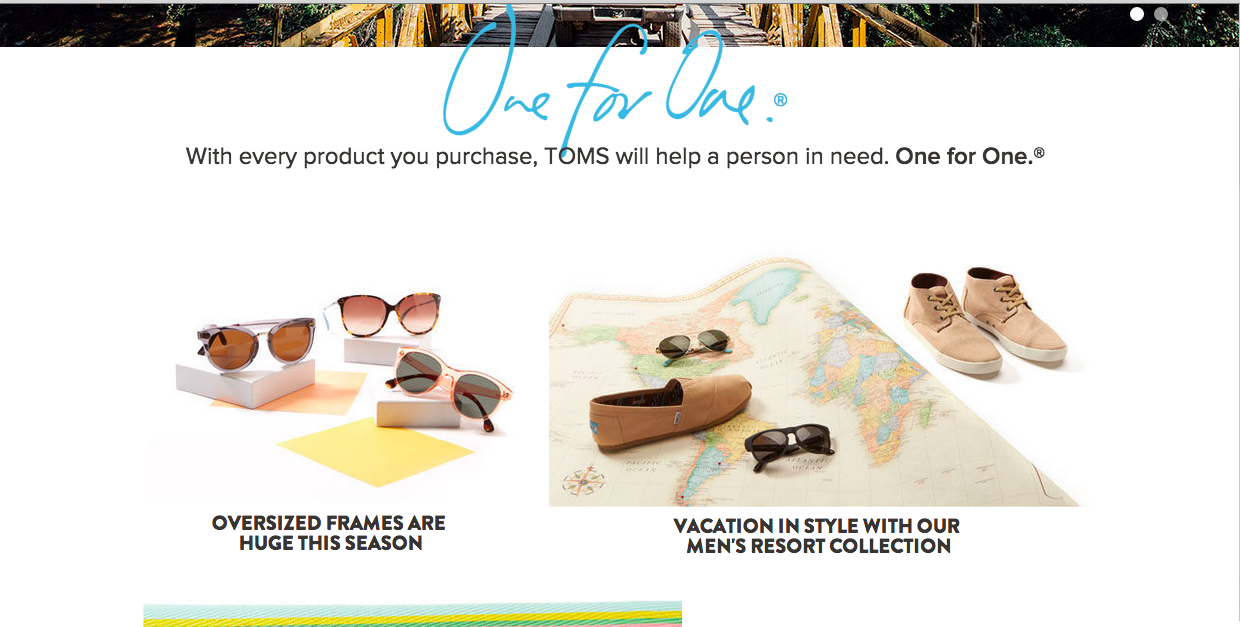
Image credit: Toms
Make Every Customer More Valuable and Grow Your Business
The seven ideas above give you a great jumping off point to maximize customer lifetime value. There’s no need to try to implement every idea at once. Pulling off one or two well will do more for your business than paying lip service to all seven.
The most important thing here is the philosophy behind the tactics. How can you make your customers feel so appreciated they’ll keep doing business with you? How can you get them to buy more from you? And how can you provide the products or services you’re providing now for less?
Commit to answering those questions for as long as you’re in business. It’s the secret sauce to maximizing your customer lifetime value, sustained growth, and gaining an edge over your competitors.


